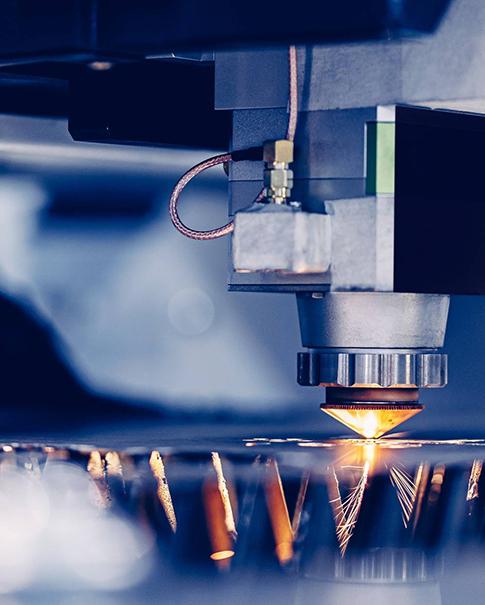맞춤형 회전 부품에 대한 정밀 요구 사항
Feb 19, 2025
일반적으로 사용되는 재료 및 표면 처리 가공
다른 정밀 부품 제품의 설계 요구 사항에 따라 다른 재료를 사용할 수 있습니다. 고객 요구 사항을 충족시키기 위해 다양한 재료 및 표면 처리를 처리 할 수 있습니다. 일반적인 재료 및 표면 처리는 다음과 같습니다.
일반적인 재료 및 표면 처리
흔한 재료
강철 부분
20#, Q235, 45#, A2, D2, 16MNCR5, 30CRMO, 38crmo, 40crnimo3, S50C, 65 백만, SCM415, 40cr, CR8
CR12, SKD61, DC53, 12L14, Y12PB, Y15, Y35, Y40MN, S5, T10, S355, 16MNCR5
6150, SCM435, ST37, 410, 416, 420, 430, 4140, 4130, 240n, 스텔, SKS3, 38crmoal, 20crnimo
P20, SUJ2, SK3, 15CRMO, 20CRMO, 35CRMO, GS2316, CD650, ASP-23O1, A6, XW-5, XW-10, XW-41
C1065, NAK55, NAK80, HPM1, HPM77, HPM75, 718h, 738h, DF-3, 등.
알루미늄 부분
LY12, 2A12, A2017, AL2024, AL3003, AL5052, AL5083, Al6061, Al6063, AL6082, Al7075, YH52
YH75, MIC-6, 등.
스테인레스 스틸 부분
SUS201, SUS321, SUS301, SUS303, SUS304, SUS304L, S136, S136H,, SUS316, SUS316L, SUS316TI
SUS321, SUS420, 17-4ph, 430f, x90crmov18, 9CR18MOV, SUS440, 등.
구리 부분
T2, TU1/2, TP1/2,, 놋쇠, 구리, 청동, CUZN38SN1, Cuzn39pb3, CUSN12, CUSN8P, C-360
cusn7znpb, Cuzn38pb2, C36000, C1100, C1011, C1020, C1201, C1220, C2800, C3602, HPB59-1
HPB61-1, QSN7-02, C-954/514QAI 10-4-4, AMPCOM4, H59, H62, Cuzn30, CUSN37, 등.
구리 부분
몰래 엿보다, Peek1000, POM, 테플론, ptfe, 애완 동물, uhmw-pe, HMW-PE, 페이, PI, PP, PVC, PC, 오후, APS, PU
FR4, 델린, Delrin Afupe, PE, upe, EKH-SS09, MC501CDR6, PPO, NBR, PA6, PA66, FR4, PA-MC
PA66+30%GF, PBT, 애완 동물, PET+30%GF, PC, PC+30%GF, 나일론, ABS, ESD225/420/520, 등.
표면 처리
양극화를 명확하게하십시오, 검은 색 양극, 경도는 양극화됩니다, 파란색/빨간색화, 크로메이트 도금, QPQ
전기 니켈/9/크롬 플레이트, 검은 색 산화물, 은 \ 골든 도금, 모래, DLC
궤도 모래, 수동, 주석 도금 텅스텐 카바이드 코팅, 폴리 우레 테 코팅, 등.
정확성
일반적으로 요구 사항을 충족 할 수 있습니다
가공 정확도
± 0.002mm
(√)
± 0.002mm
⁄
± 0.002mm
◎
± 0.002mm
⊥
± 0.002mm
–
± 0.002mm
ο
± 0.002mm
